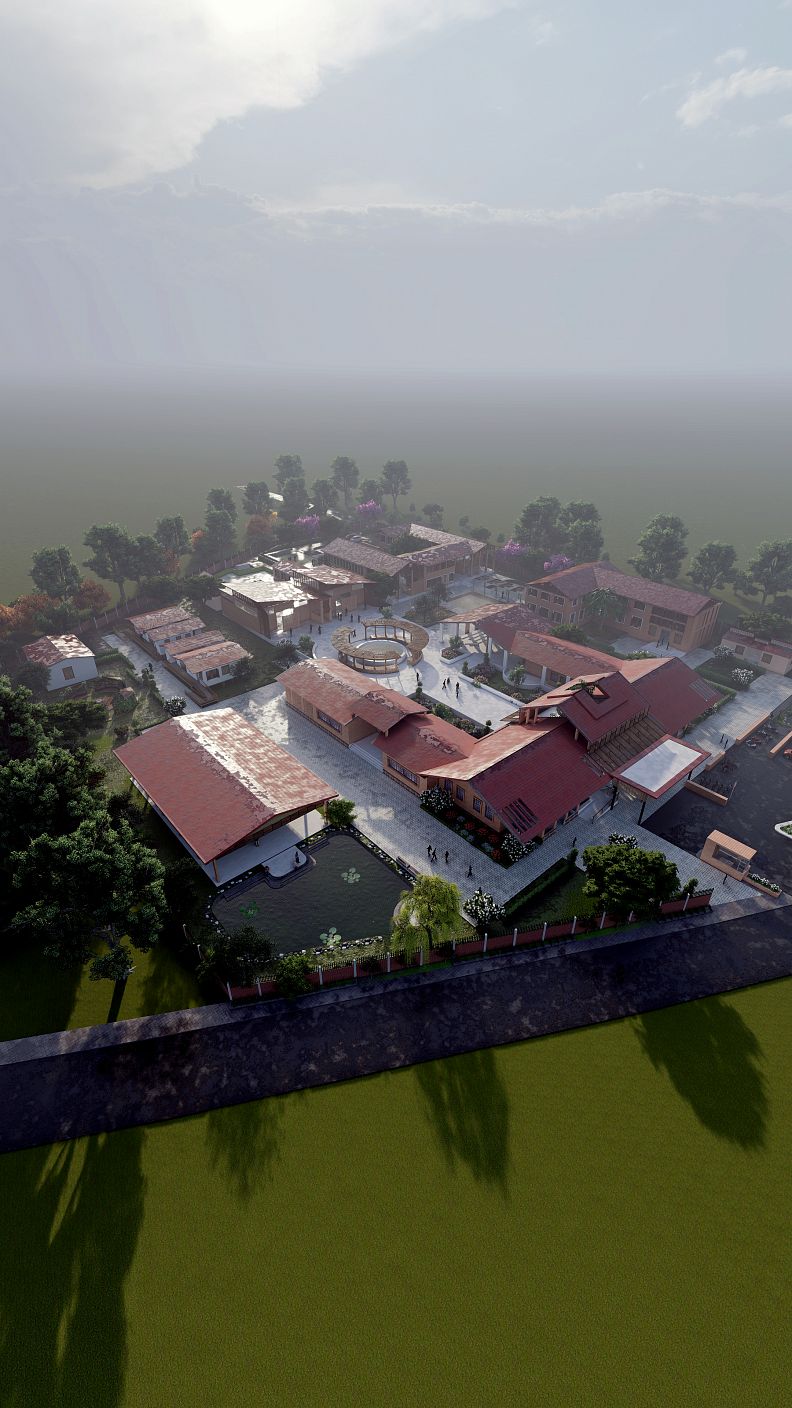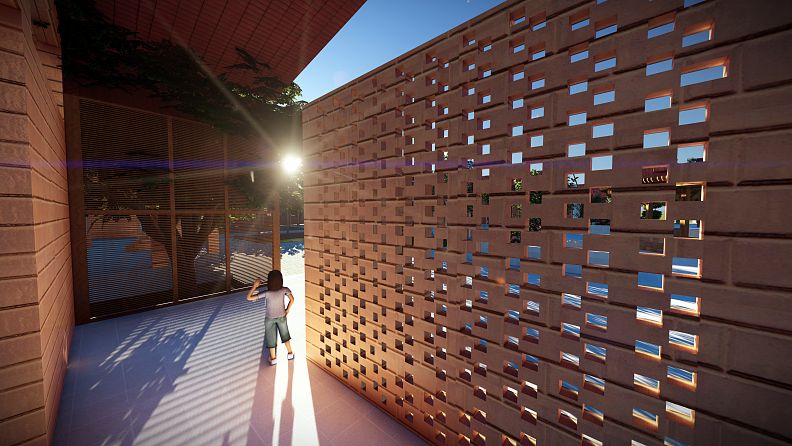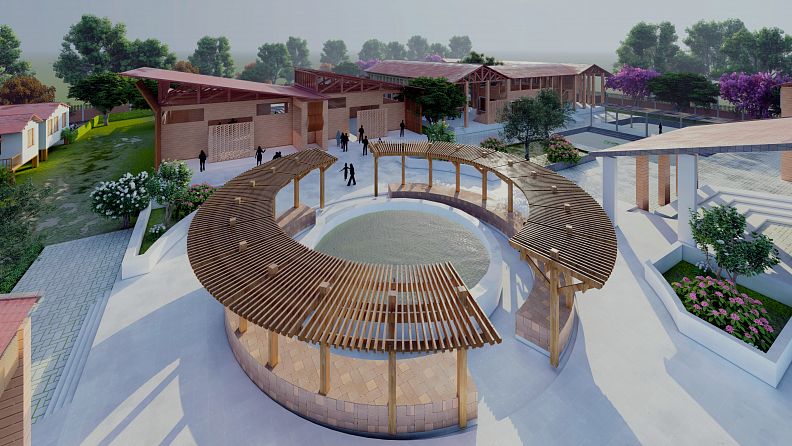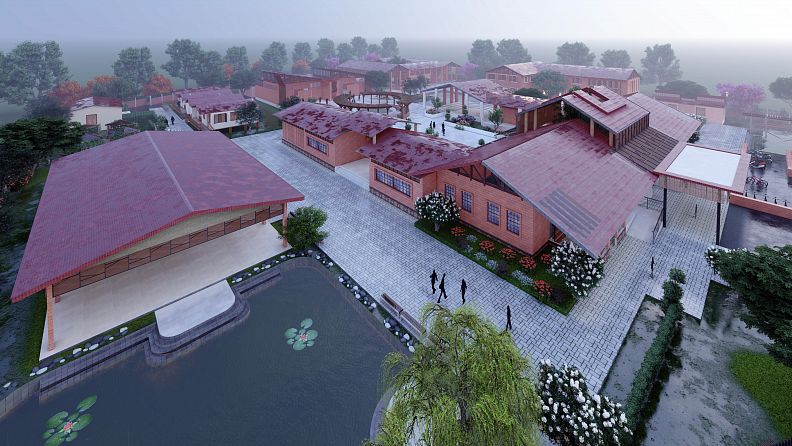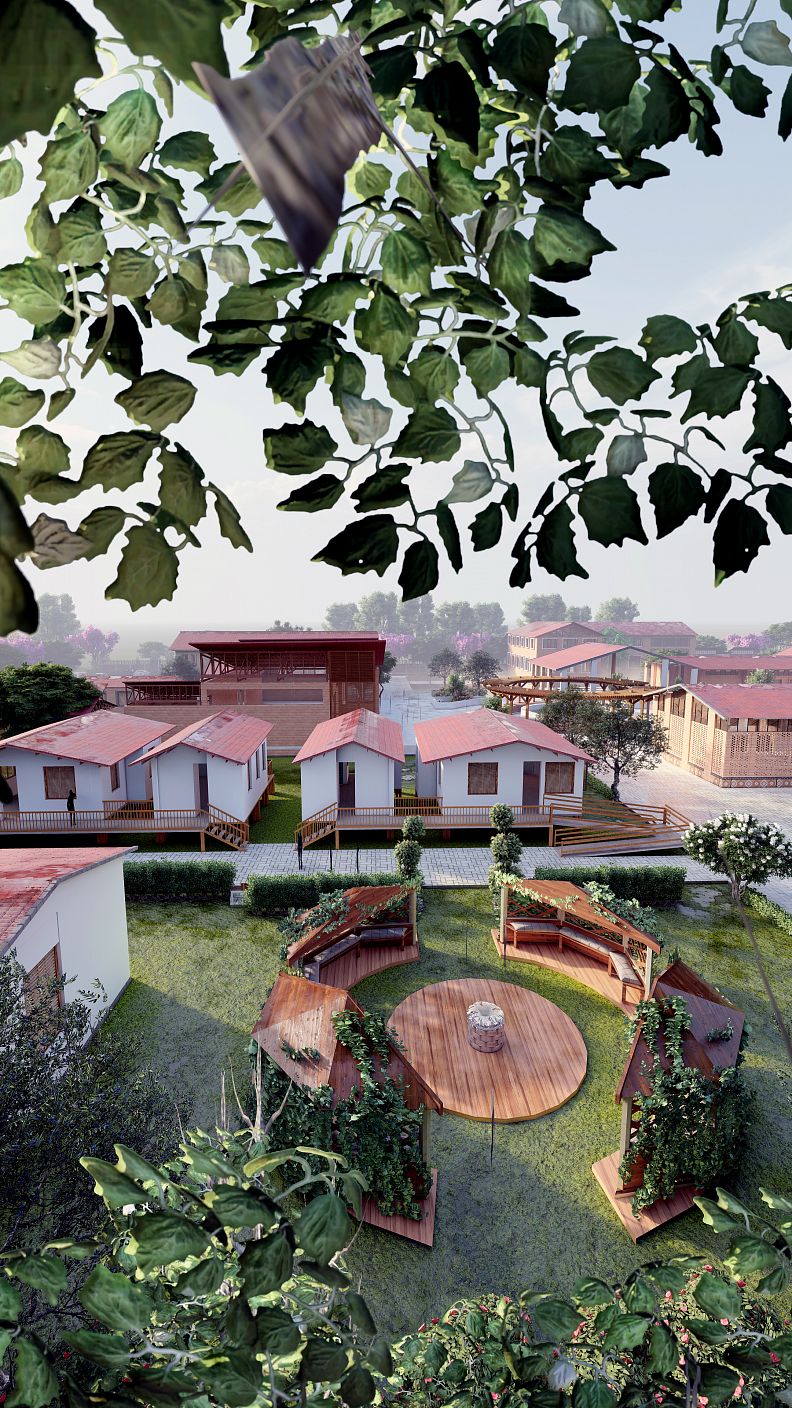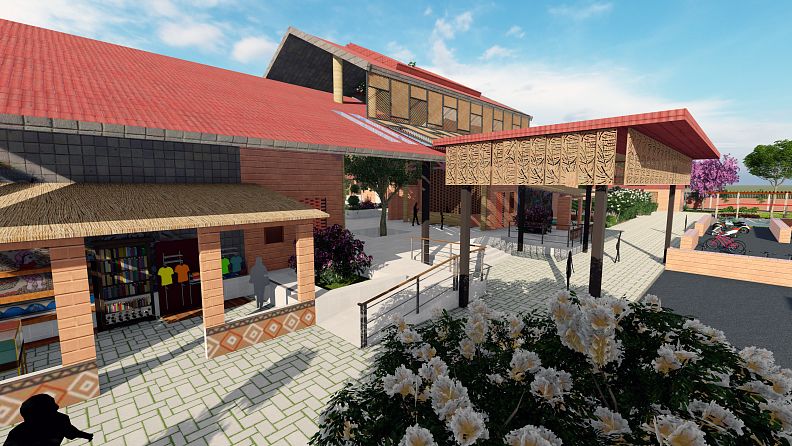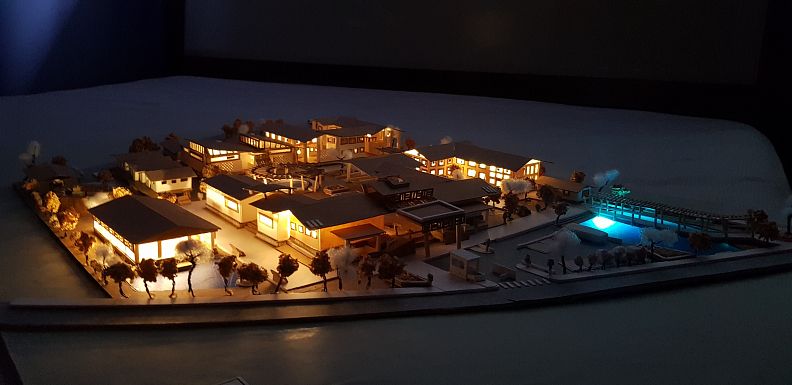Ecological Resource Centre

Project idea
Urbanization as a part of development has over the years affected the dynamic communities of plants, animals, and microorganisms interacting with their physical environment also termed as "ecology".
Similar is the case for Nepal's unrecognized ecological paradise Janakpur. Janakpur is well known for its religious aspects as the birthplace of Hindu lord Sita while this particular sector has somehow helped overshadow the ecological characters of the city. The city owns more than 200 sacred ponds that need to be conserved. One of 52 ponds in Janakpur, a pond used to be a source of potable water till recent days which is now home to sizable shoals of fish, it is primarily used for sanitary refuse. The main reason behind it being:
• the improper management of waste and
• lack of awareness.
Therefore, the main objective of this project is to develop a comprehensive promotion and restoration of ecology, heritage in Janakpur through education, awareness, trainings, research and public participation.
“Ecological restoration seeks to initiate or accelerate ecosystem recovery following damage, degradation, or destruction”
Project description
The major aspects of programmes and characteristics of spaces are designed to cater the solutions i.e. education, awareness, trainings, research and public participation.
The major spaces include; Educational Resource Space, Research Labs, Training Rooms, Gallery spaces and other supporting spaces dedicated for: water and waste management.
For the identified users; Researchers, Local community, Government offices, NGOs and INGOs.
The ecological resource centre consists of elements of public participation, education and skills creation, jobs and social cohesion. It is an interpretative centre that will cater for a wide range of research and community activities including conferences, workshops and art exhibitions. The design focuses on inspiring current and future generations to expand their knowledge of sustainable living, the Centre showcases green initiatives by mixing both passive design and active systems to allow visitors and to witness efficient solar, air and water use in action.
Technical information
Wall System: A-Compressed stabilized earth block of size 356x 254 x 75 mm
size in mud mortar with reinforcement bars.
B: Vertical slat bamboo wall system.
Roof System: Khaprail tile (traditional red clay tile) roof over steel trussed roof.
Structural System: Compressed Stabilized Earth block masonry in mud
mortar.
Steel I beams for structural strength.
